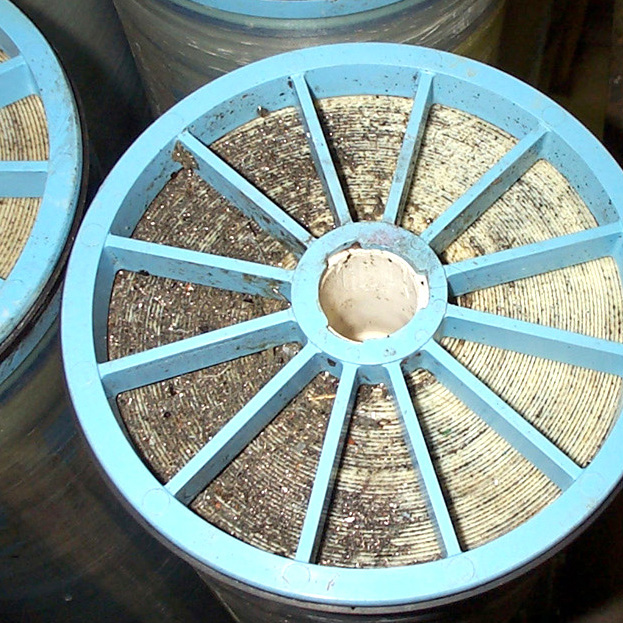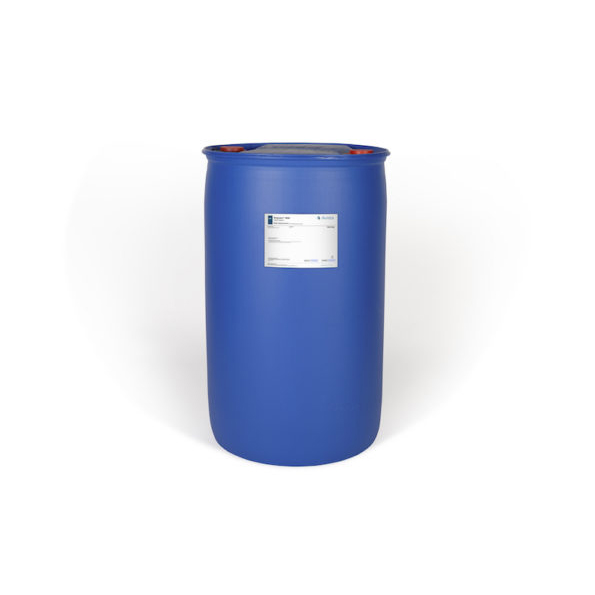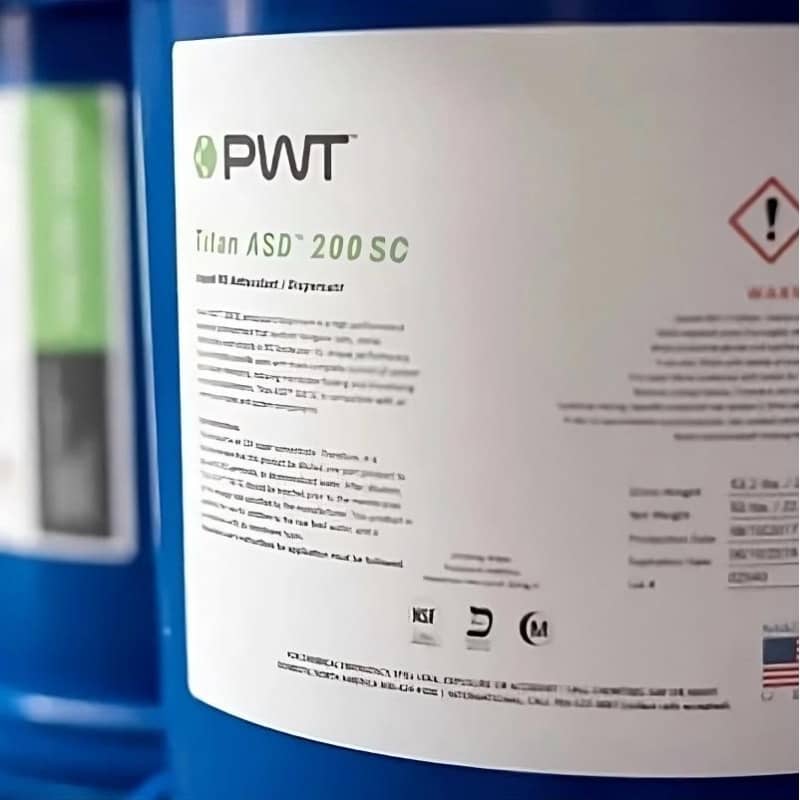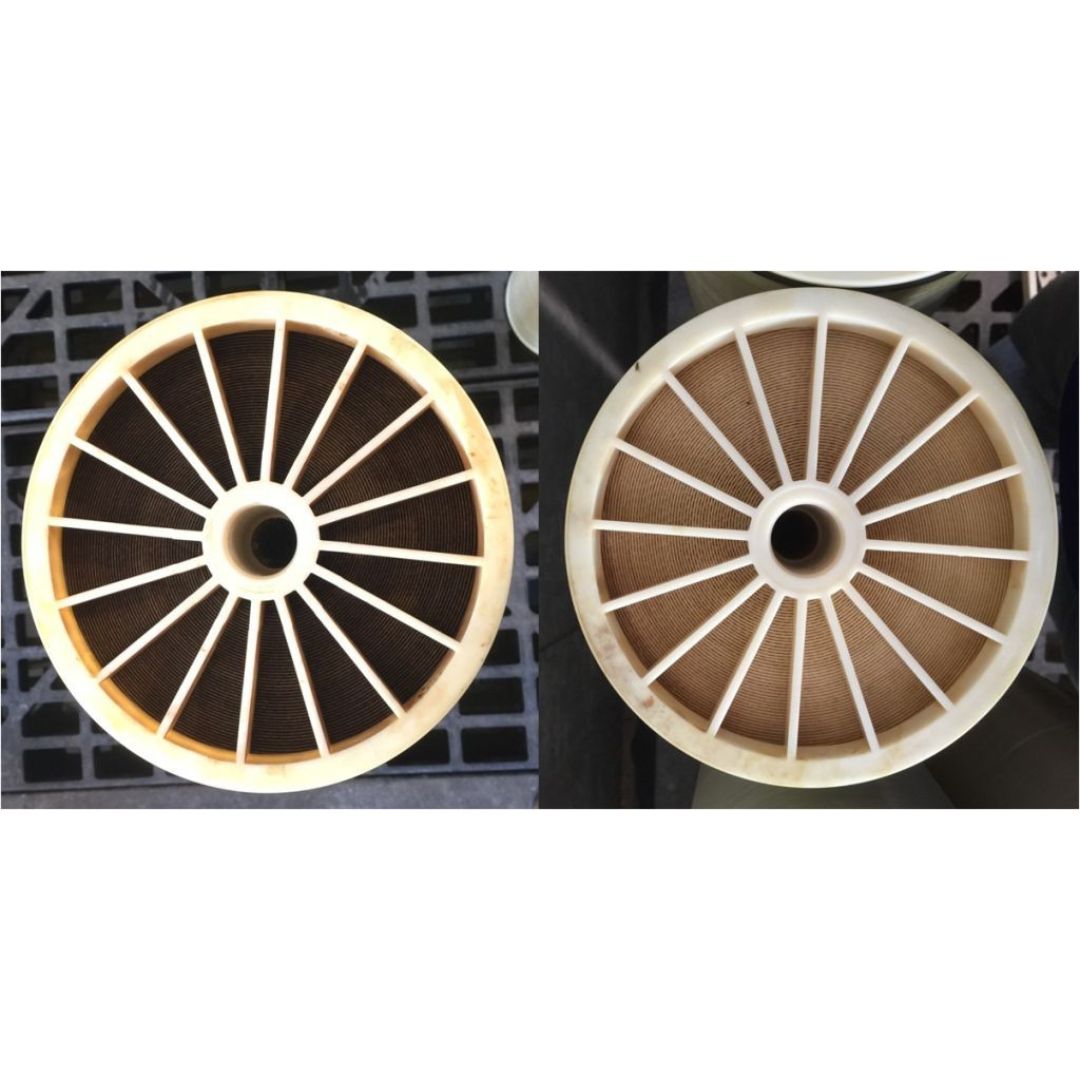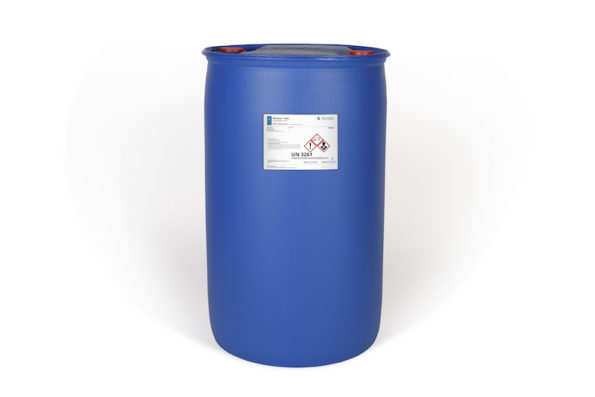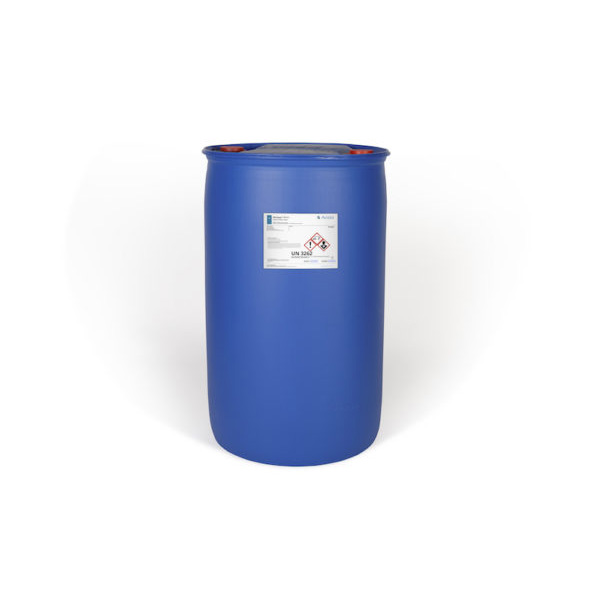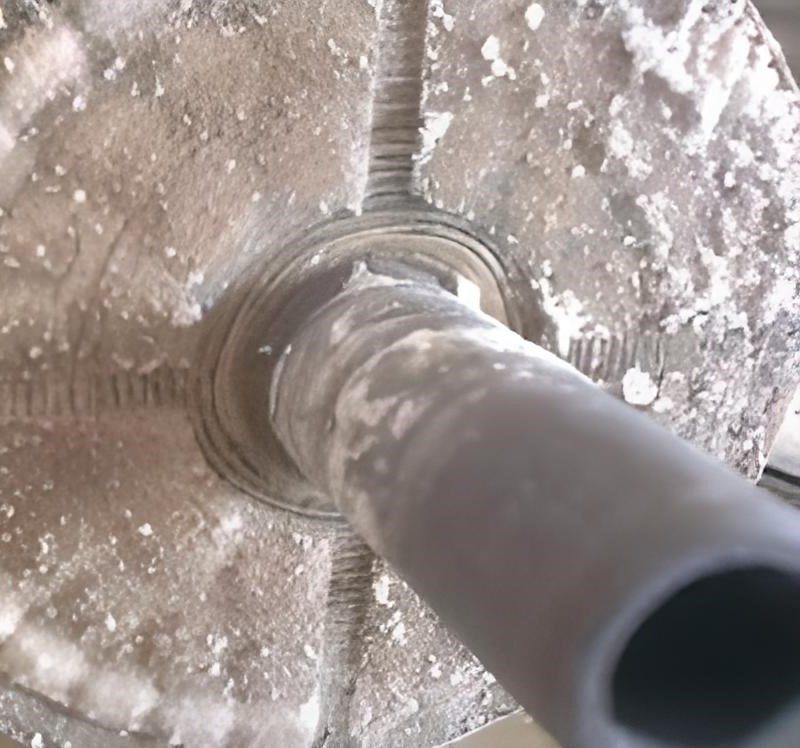What is conductivity?
conductivity or specific conductance of an aqueous solution is a measure of its ability to conduct electricity. The conductivity increases when the solution contains electrolytes.
What are electrolytes?
Electrolytes are salts that dissociate as they dissolve.
What is the unit of measure for conductivity?
The unit of measure for conductivity in the International System of Units is siemens per meter (S / m).
In waters with a low electrolyte content, conductivity is usually expressed in μS / cm. One siemens (S) corresponds to 1 × 106 microsiemens (μS).
How can it be measured in a solution?
Measuring the conductivity of a solution is a simple and inexpensive method to monitor industrial and environmental processes that affect the concentration of electrolytes in a solution.
The conductivity of water allows evaluating the performance of demineralization equipment, based on reverse osmosis, ion exchange resins, distillation and electrodeionization.
When most of the total dissolved solids found in water are electrolytes (that is, they are dissociated), the conductivity of the solution is proportional to its concentration.
There are inorganic salts that, when dissolved in water, do not dissociate. They do not cause a change in the conductivity of the solution.
Total dissolved solids meters are marketed that actually measure the conductivity of water, and report it in terms of total dissolved solids (in mg / l), with the equivalence between sodium chloride and conductivity, which is: 0.6 mg / l of NaCl is equivalent to a conductivity of 1 μS / cm.
High-quality deionized water has a conductivity of around 5.5 μS / m. Typical drinking water is in the range of 3,000 to 15,000 μS / m, while seawater is close to 5 S / m (5,000,0000 μS / m).
Conductivity is the inverse of resistivity. The unit in the SI system for measuring resistivity is the ohm (Ω).

Where MΩ is a megohm.
So if a solution has a conductivity of 0.055 μS / cm, its resistivity is:
Resistivity = (0.055 μS / cm)-1 = 18.18 MΩ. cm
Last update 04/09/2021.

Comparte:
Necesitas más información, escríbenos.
Algunos productos que te pueden interesar
-
RoClean L211 cleaning of membranes with organic matter fouling
Add to quote -
RoQuest 3000 Organic Liquid Coagulant from Avista
Add to quote -
Titan Antifouling for Reverse Osmosis Membranes
Select options -
RoClean P112 Membrane Cleaner for Silica SiO2
Add to quote -
RoClean P303 Calcium Carbonate & Metal Scale Cleaner
Add to quote -
RoClean P111 Biofouling RO Membrane Cleaner
Add to quote -
RoClean L403 Calcium Carbonate and Metal Scale Cleaner by Avista
Add to quote -
RoQuest 4000 Liquid Coagulant for Organic Matter Avista
Add to quote



